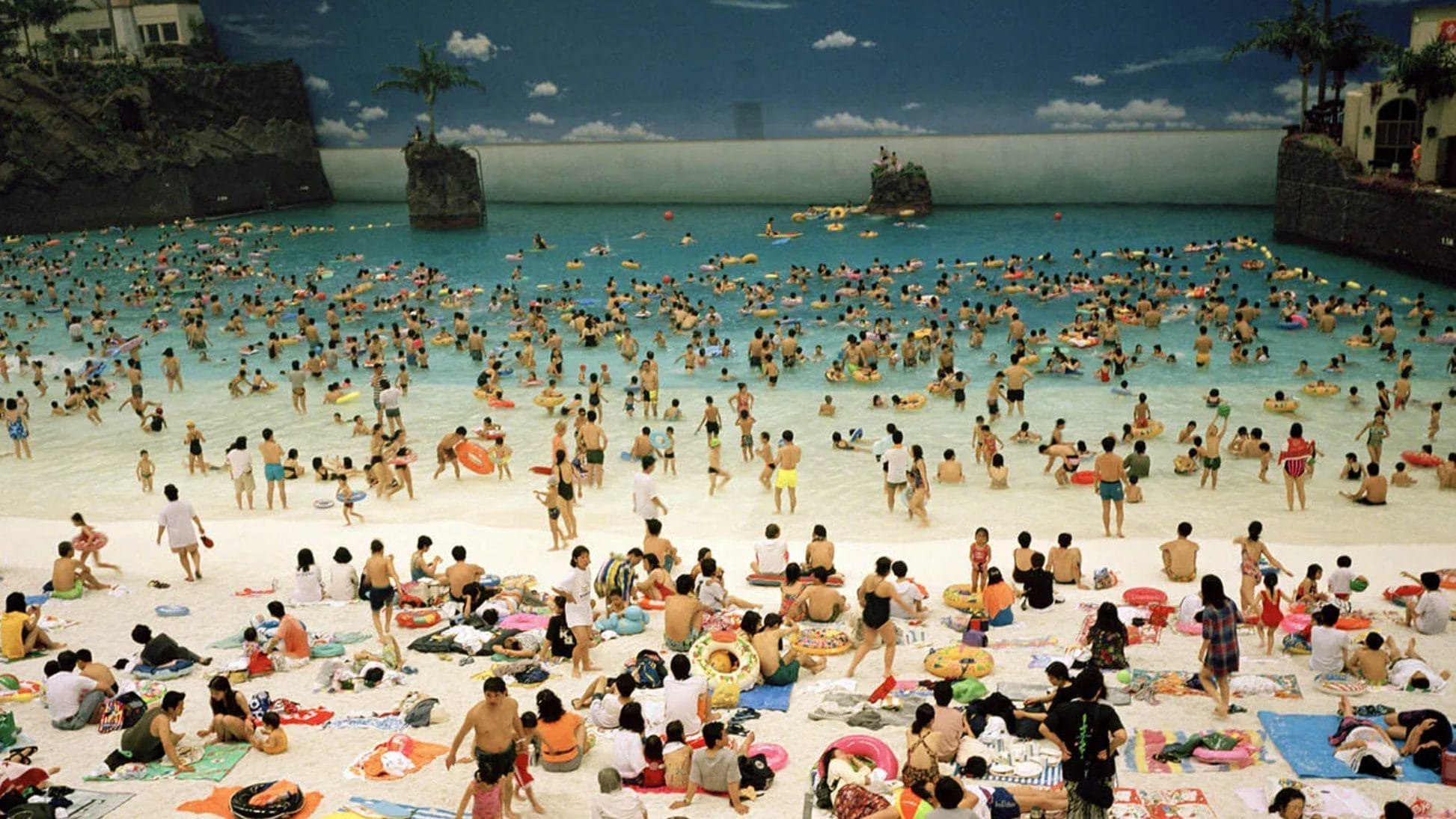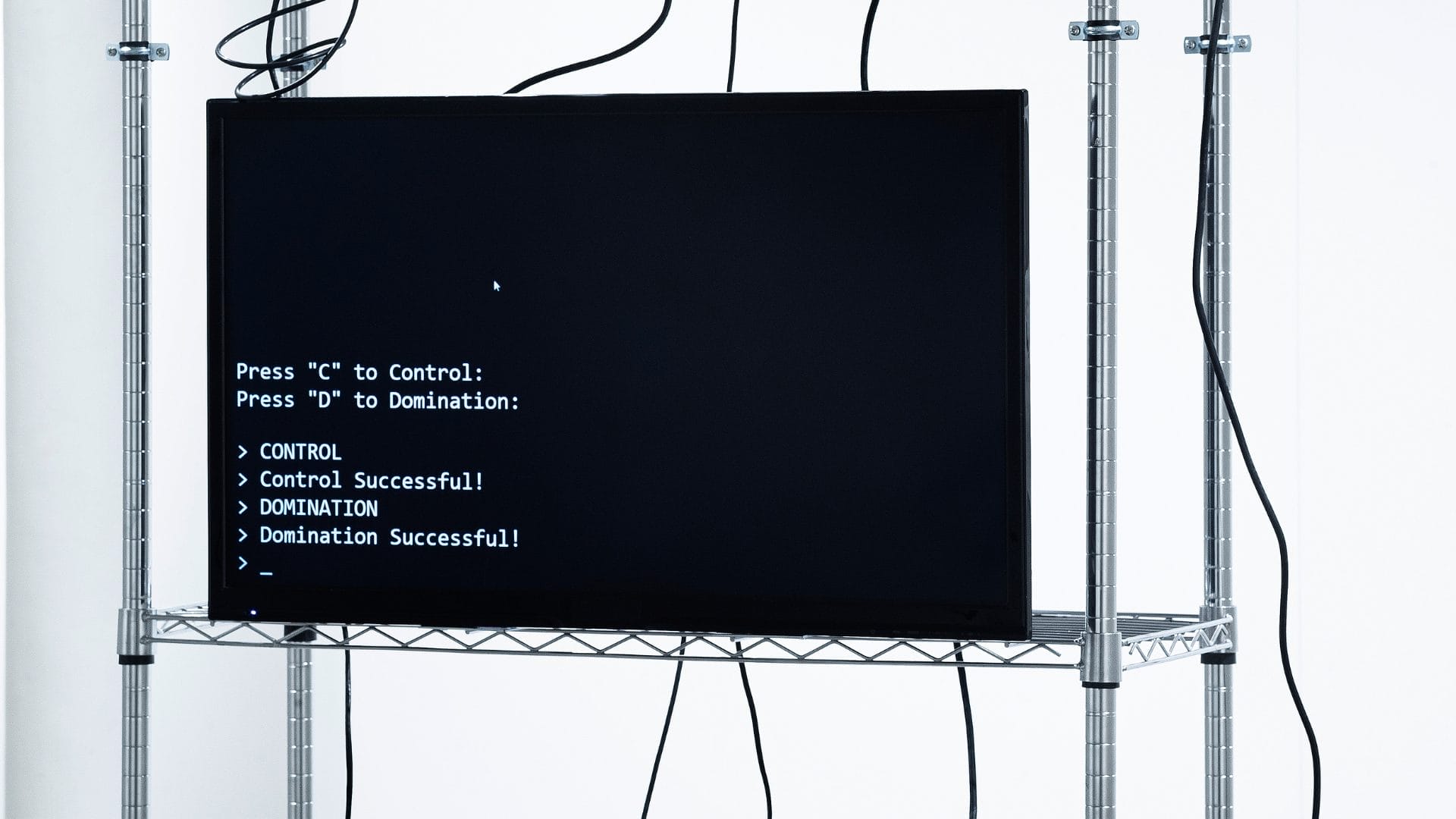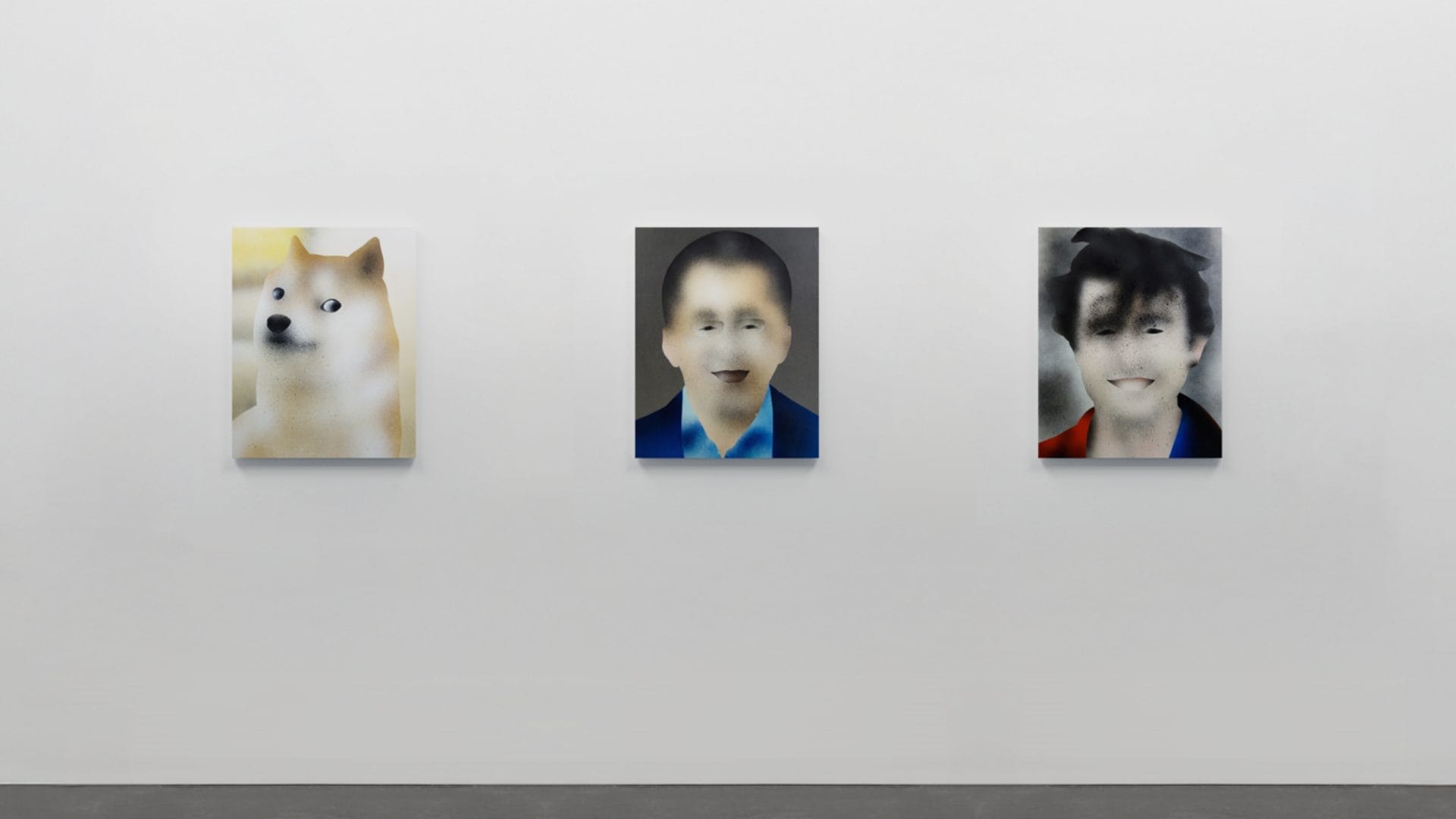
Curating as a Relational Practice: Fakewhale in Conversation with Giovanni Carmine
In the landscape of contemporary art, the role of the curator has undergone a profound transformation in recent decades, becoming increasingly hybrid, complex, and influential. Giovanni Carmine is a key figure in this evolution: from his early beginnings in the Swiss independent scene to his directorship at the Kunst Halle Sankt Gallen, and most recently as the curator of Unlimited at Art Basel, his trajectory reflects a constant dialogue between artistic research, curatorial precision, and an openness to emerging practices. In this interview, we retrace the key moments of his career, explore the changing dynamics of the contemporary art system, and ask how the role of the curator is being redefined today, between institutions, artists, and audiences.

Good morning Giovanni, thank you for accepting our invitation. We’d like to begin this interview by asking you how you first got involved in curating. What was your first concrete experience in organizing an exhibition?
My first experience dates back to 1998, when I curated a show dedicated to graffiti.
At the time, I was still at university, and together with some friends and colleagues, we had started taking an interest in the graffiti phenomenon, partly because there was a complete lack of critical or academic literature on the subject.
A small contemporary art center in my hometown reached out unexpectedly, asking me to organize an exhibition on that very topic, probably because another planned show had fallen through.
Although I had no direct experience, I felt a deep interest in the idea of curating exhibitions, so I accepted. That was my first show…
From that first experience, how did your professional journey evolve?
That opportunity marked the beginning of an ongoing collaboration with the contemporary art center in Bellinzona.
The following year, we curated a large-scale exhibition featuring around forty artists. It was a significant project.
From there, I began to establish myself more firmly in the Swiss art scene, especially in Zurich, which I was already familiar with.
Together with a friend, we opened a kind of off-space in the city, and I started developing projects in a variety of contexts, both institutional and independent.
This path continued until 2007, when I was appointed director of the Kunsthalle in St. Gallen.
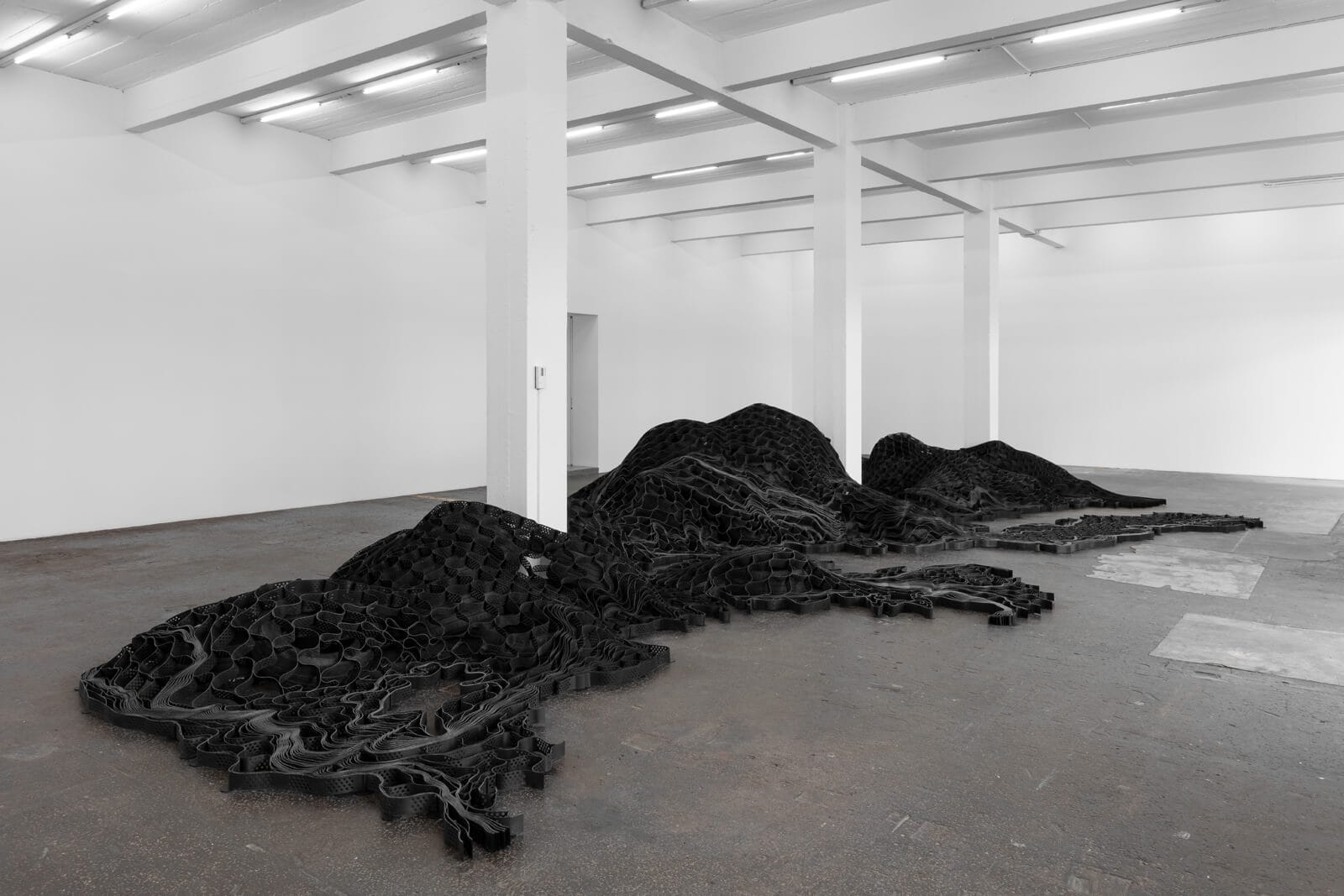
Let’s now turn to your transition into the role of director of Unlimited at Art Basel. How did this new phase reshape your curatorial approach?
Those were years of significant professional growth.
This year marked the end of my fifth and final edition as curator of the Unlimited section at Art Basel.
In the meantime, I gained a wide range of experience, including on an international level.
Among the most important projects was my collaboration as co-curator with Bice Curiger for the Venice Biennale in 2011.
I began working on large-scale exhibitions, and I believe that the credibility I had built over the years, among artists, galleries, and institutions, helped make my involvement with Art Basel feel like a natural progression.
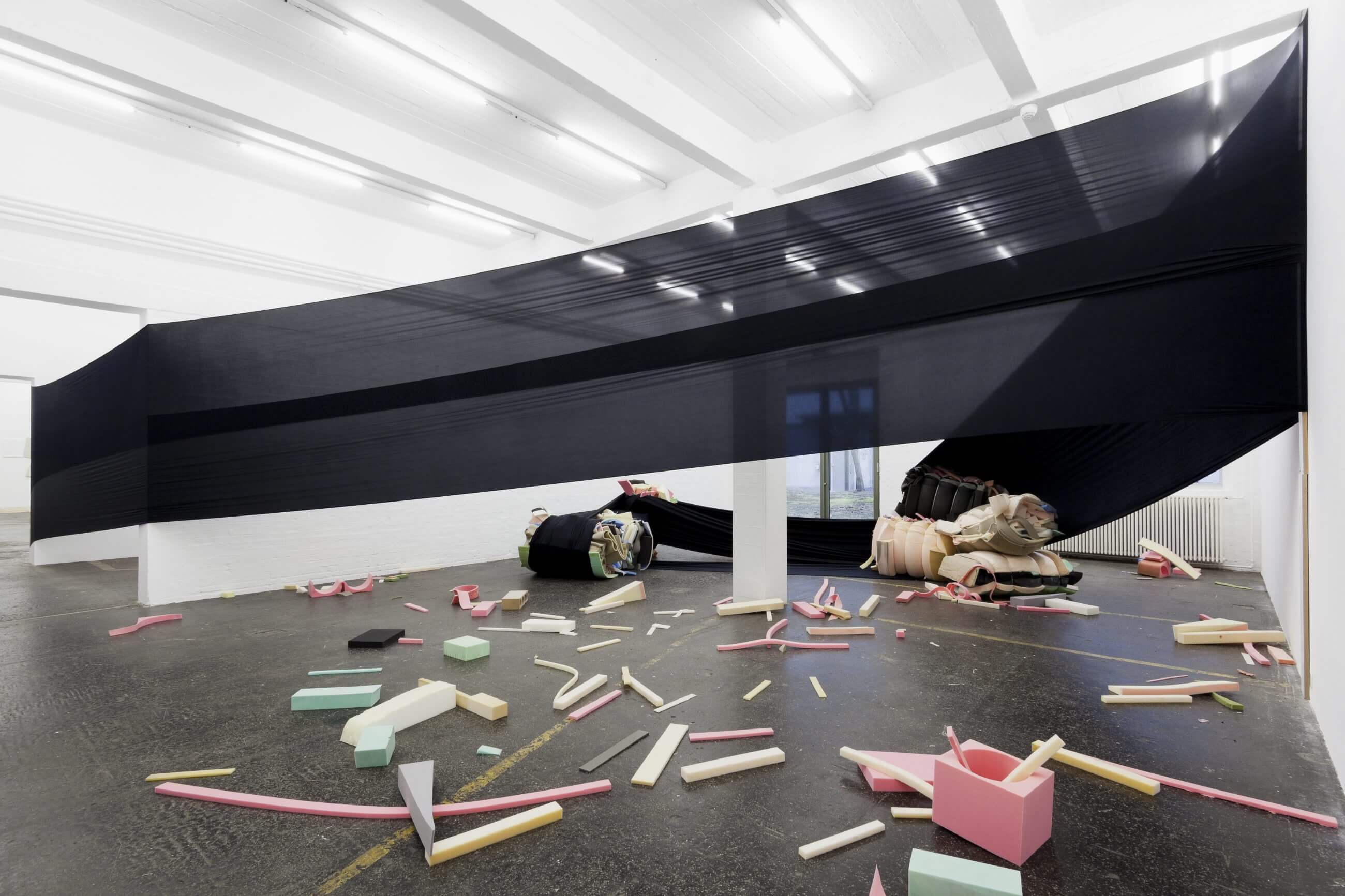
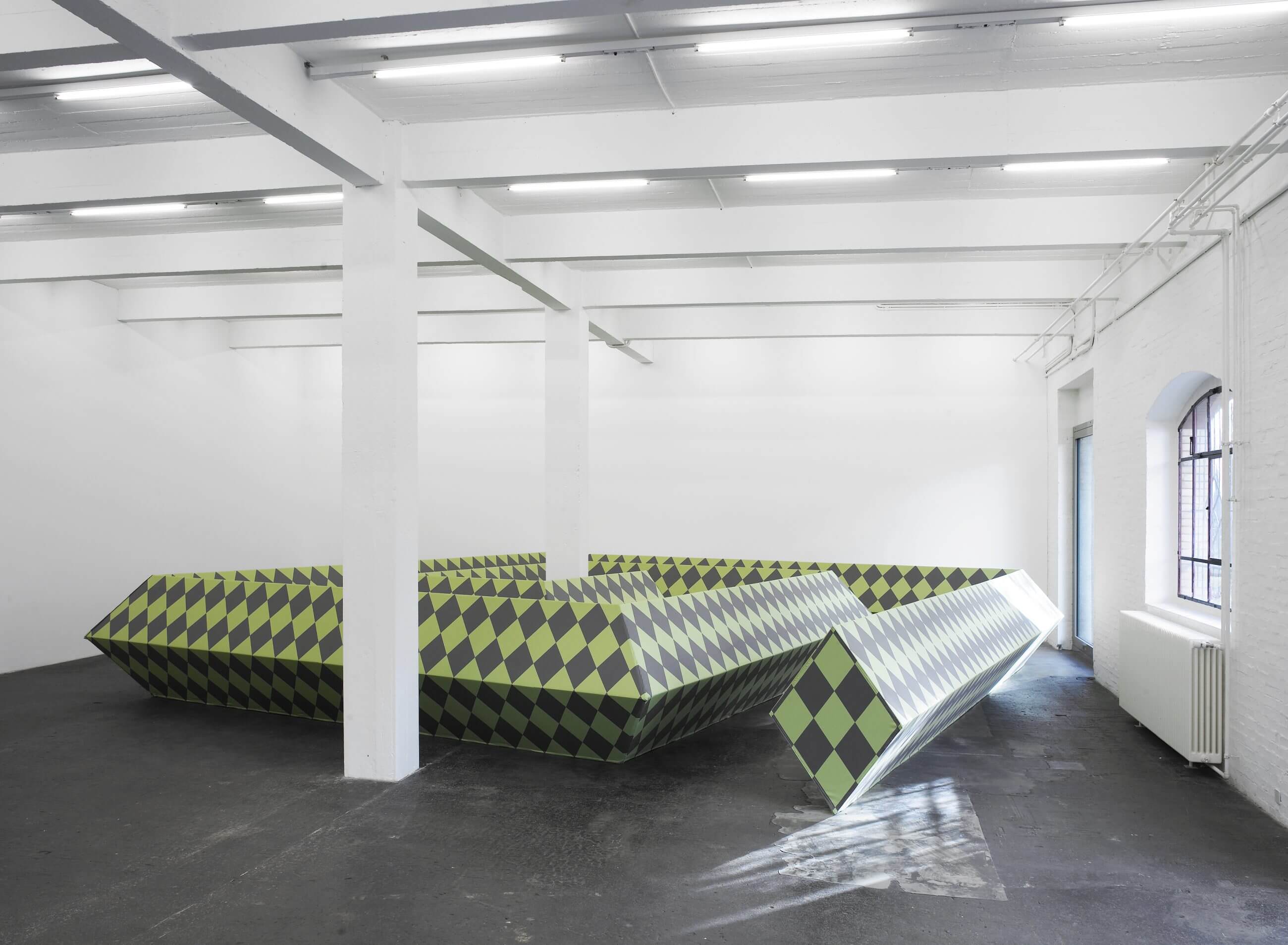
Organizing a complex event like Unlimited at Art Basel inevitably brings about an evolution in the curator’s role. How does your curatorial approach shift when working with more structured teams and coordinating a large number of artists and artworks? What skills come into play beyond artistic selection? Is there a dedicated team for communication and direct contact with the artists, or do you stay personally involved in those stages as well? In short: how does curatorial work unfold when scale and responsibility grow exponentially?
Art Basel is, of course, a completely different, if not opposite, context compared to that of a nonprofit contemporary art center like the Kunst Halle Sankt Gallen.
The true curatorial challenge lies in building a narrative from scratch, starting with an empty 16,000-square-meter space and about seventy selected projects, chosen from many gallery proposals, which often have little to do with one another.
It’s a monumental puzzle, with complex logistics.
In reality, the team handling everything is quite small, aside from the workers who construct the physical spaces.
What’s needed, above all, is a strong sense of pragmatism and the ability to visualize the architectural space, since we essentially build a kind of temporary art village for a few days.
And having a thick skin certainly helps, given the pressures that come with the commercial interests behind Unlimited.
You have to know how to say no, and be able to stand your ground under pressure.
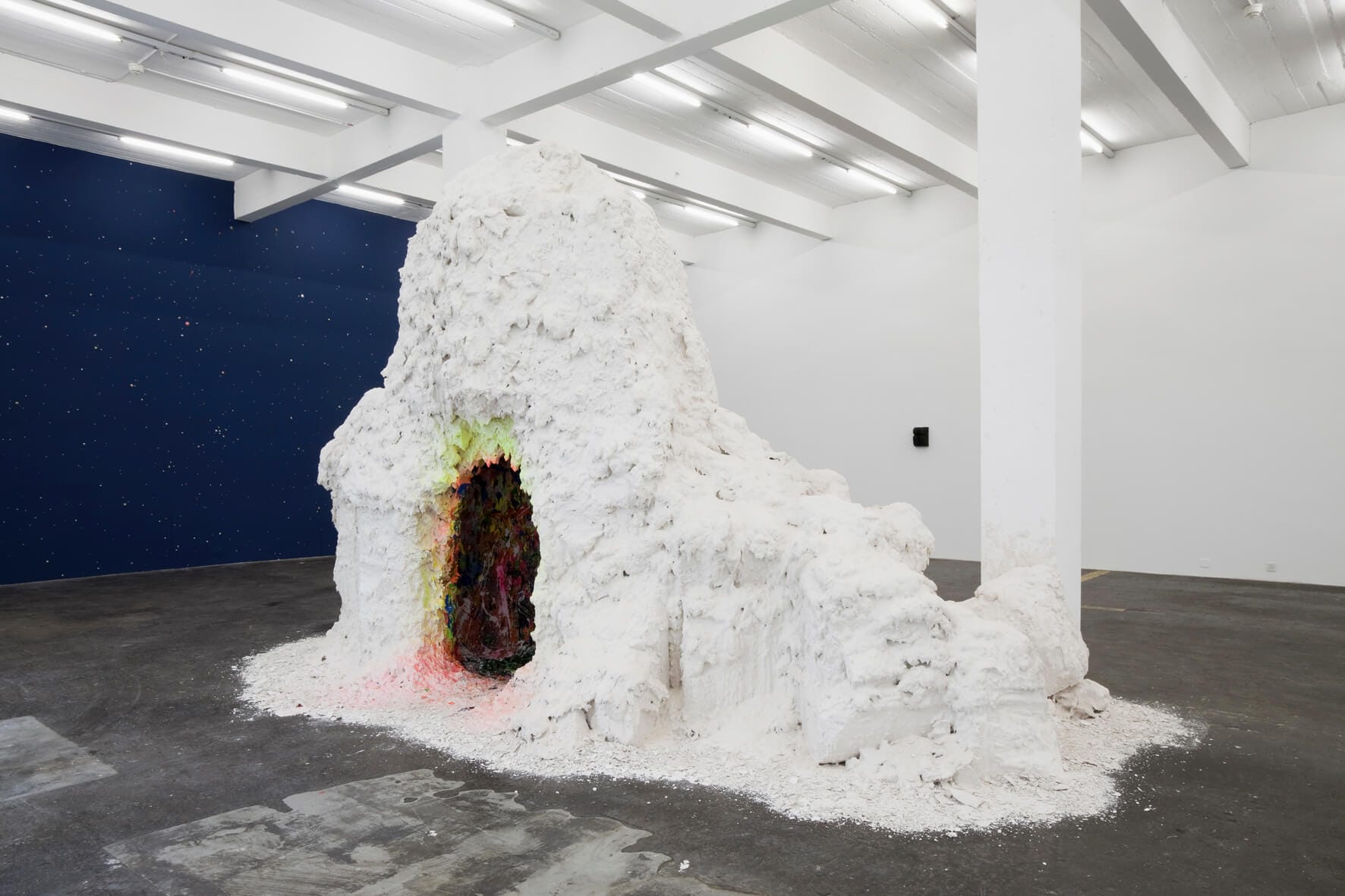
Looking back on your journey, were there any figures, artists, curators, or others, who particularly influenced you, either conceptually or in terms of your working methods?
At the beginning of my career, a few figures from the Zurich art scene had a fundamental impact on me.
I’m thinking in particular of Rein Wolfs, who was then curator at the Migros Museum.
What struck me was his inclusive, informal, almost familial, approach to engaging with the public, and the way he built a real cultural scene around the museum.
Another important figure for me has been Bice Curiger, whose work I’ve followed closely over the years.
And of course, among the major influences, there’s Harald Szeemann: a legendary figure whom I was fortunate enough to meet and whose work I was able to study up close.
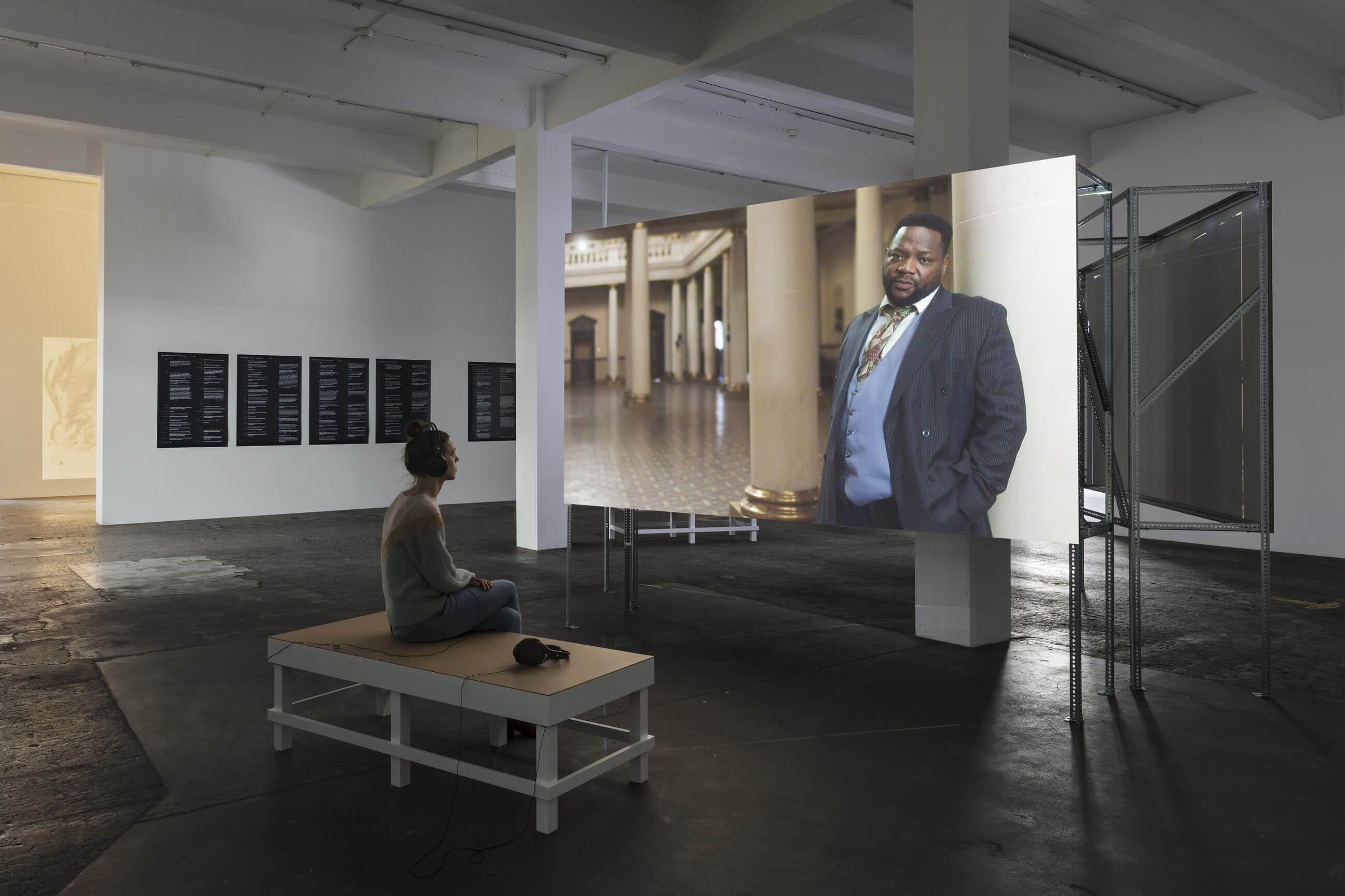
In recent years, there’s been a growing trend among artists to also take on curatorial roles. In some cases, they organize exhibitions, make display decisions, and select other artists. Do you see this as a new development, or something that has long existed, perhaps especially in independent spaces? And more broadly, what’s your view on this approach?
I don’t think it’s an entirely new development.
In independent or less institutional contexts, there has always been a certain fluidity between roles: the artist who organizes, networks, curates.
What’s different today is that we see this happening more visibly within more structured settings as well.
Personally, I’ve seen exhibitions curated by artists that were truly successful, guided by a sensitivity that differs from that of professional curators.
In general, I think that when an artist curates, they often bring a more experiential, less mediated approach, and it’s always interesting to see what emerges from that.
For younger artists especially, curating can also be a way to build a community, to create a critical network around their own practice, and to gain a new perspective by engaging with the work of others.
In your view, what has contributed most to your recognition as a curator on an international level? Was there a key moment, a specific quality, or a professional choice that made the difference?
Probably the fact that I’ve often been perceived as an “ally of the artists.”
I think that’s been fundamental. Artists sense that, they feel it, and perhaps it also spreads informally, through word of mouth.
I also believe time plays an important role: credibility is something you build over years of consistent, ongoing work, and through genuinely caring for professional relationships.
For me, that’s become a kind of capital in itself.
And I’ve never been afraid to take risks, even when they came with personal responsibility. I’ve never hidden behind anything.
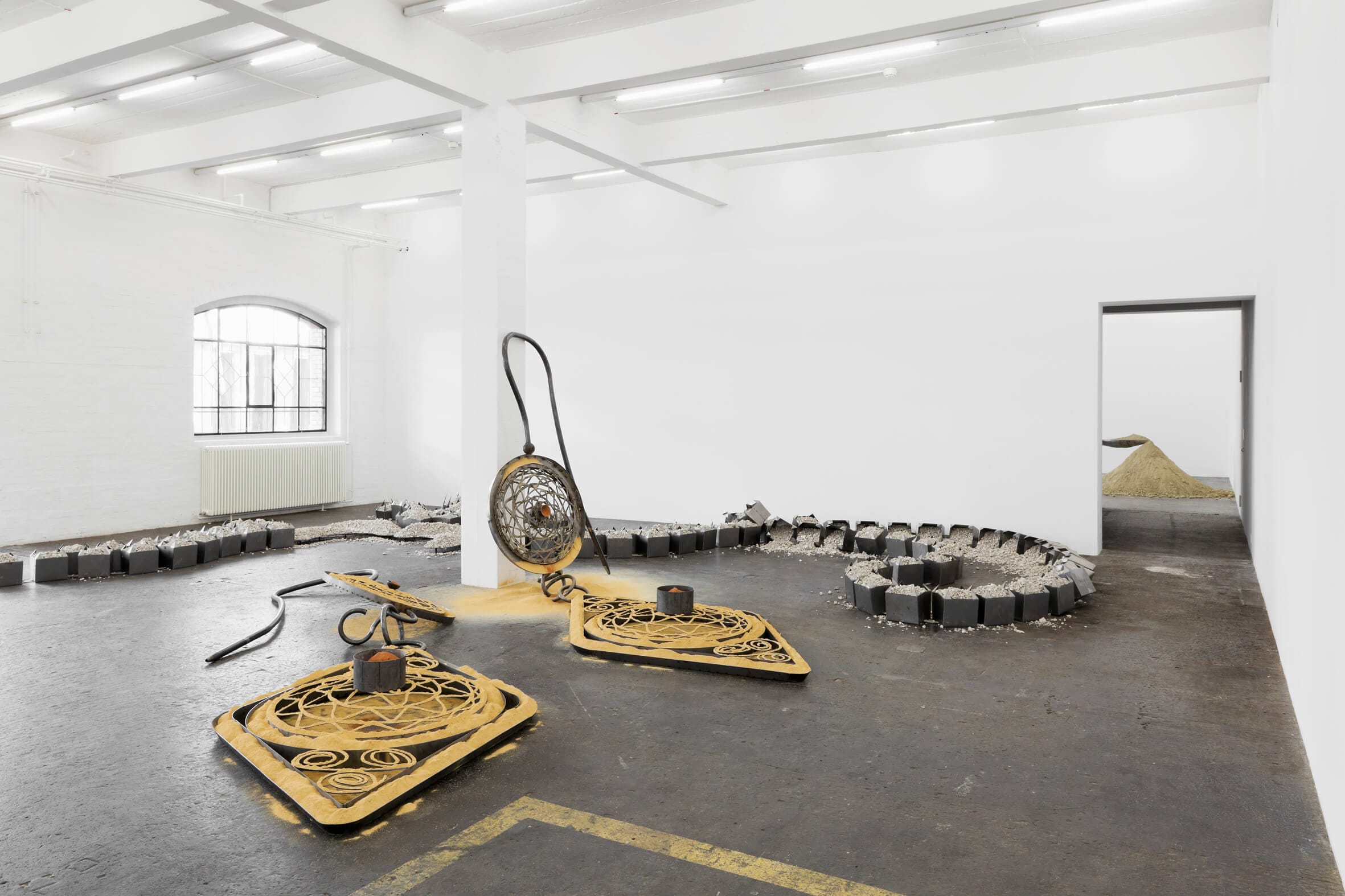
You mentioned taking risks, what has been, if you’re open to sharing, the biggest risk you’ve taken in your curatorial career?
One project that really stands out in that sense was Random Darknet Shopper, developed together with the collective !Mediengruppe Bitnik.
It involved an algorithm connected to a computer that automatically purchased random items from the darknet and had them delivered to the Kunsthalle.
We had no idea what would arrive.
There were, of course, certain risks, including legal ones, because some of the items were problematic, such as drugs.
That said, since we didn’t have an enormous budget, the purchases were relatively limited, and in that sense, the risk was somewhat contained, we certainly weren’t in a position to receive firearms, for example.
Let’s just say that at one point, the police did show up.
It became a highly discussed case, but also a significant action, one that generated substantial critical and media impact.
In an art system that’s constantly evolving, what do you see as the role of a cultural institution director today? How should they engage with ongoing changes and with the public?
I believe that today, a director must constantly question the relevance of the institutional model they’re leading.
The context is in constant flux, and institutions must evolve accordingly.
This applies both to internal organization, such as how teams are managed, and to public programming and exhibitions.
It’s essential to challenge established habits, to ask whether what we’re doing still makes sense, whether it remains meaningful.
This isn’t a new concern, but I think institutions today are more aware of this need than in the past, when many were more rigidly structured and less responsive to change.
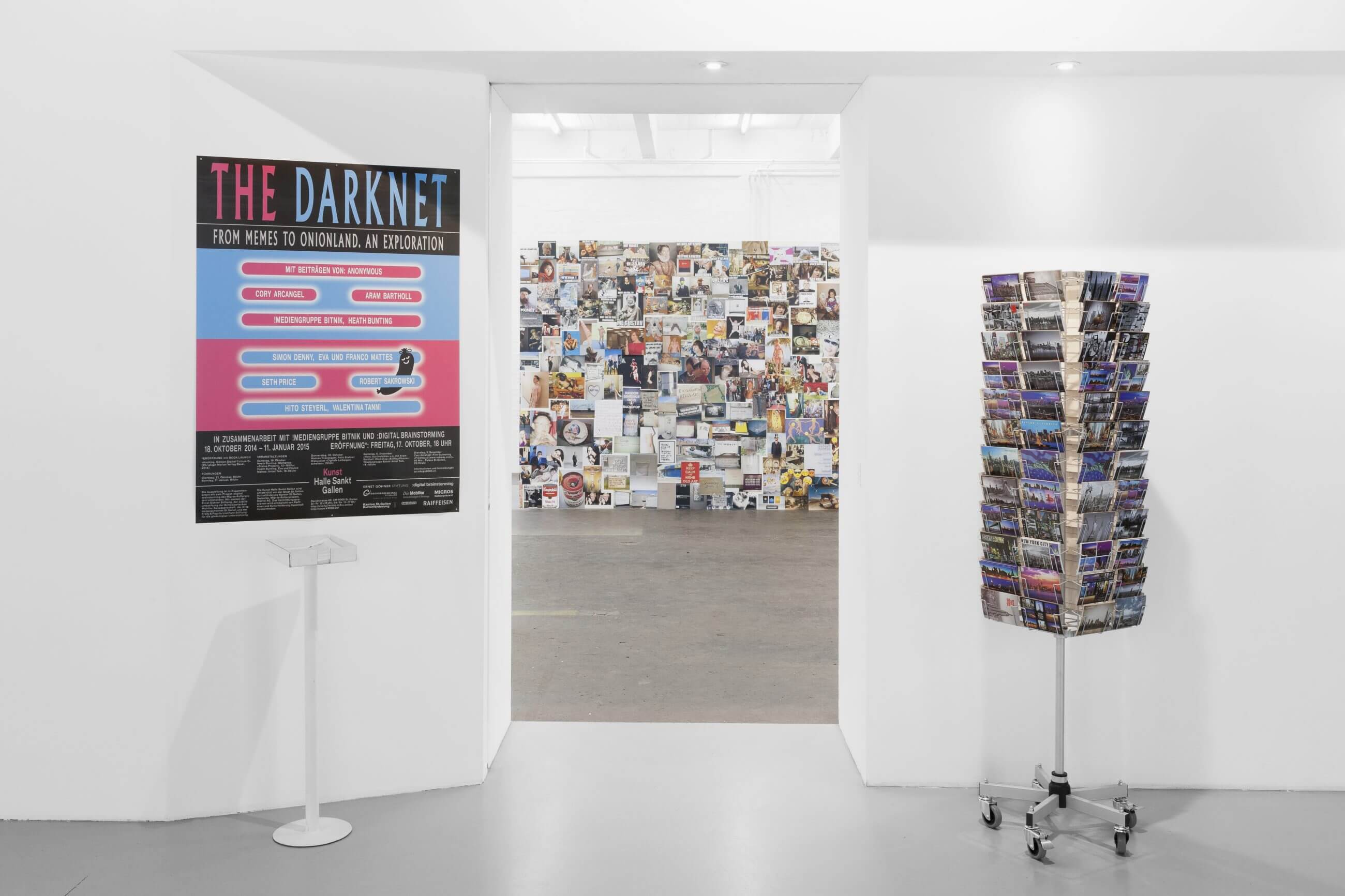
Today, exhibitions are increasingly experienced through digital documentation, blogs, Instagram, videos, online previews… In your opinion, what impact has this digitalization had on the exhibition experience? And how does it relate to the direct, in-person encounter with artworks?
It has had a huge impact, on multiple levels. On one hand, it’s an extraordinary tool, it allows people to follow projects and exhibitions remotely, making the work of many artists accessible worldwide.
But there’s also a critical side: it has made many people lazy. There’s this illusion that you can fully understand an exhibition just by looking at images online, but that’s simply not the case.
In my view, the physical encounter with artworks and the exhibition space remains fundamental.
When you enter a show, there’s an atmospheric, perceptual, bodily experience that no documentation can ever truly replace.
Personally, even when I feel I’ve already “seen” a show online, I still try to visit in person. There’s always a layer of interaction, of presence, that changes everything.
How do you think the relationship between physical space and digital communication will evolve in the future? And what’s your view on the fact that even major galleries and institutions now curate their social media presence with increasing care?
It’s definitely a trend that’s here to stay.
I think there are different motivations behind it. For museums, it makes sense, they address a broad, sometimes general audience, and need to communicate their work in an accessible way.
For galleries, it’s a form of visibility, of promotion, if we want to call it that, a way to remain present and draw attention, especially in the oversaturated landscape we’re in.
We also try, in our own way, to use social media intelligently, to share our program and spark curiosity.
The issue is that these tools consume time and resources, which inevitably get taken away from other aspects of production. It’s about finding a balance.
For me, the most important audience is still the one that walks through the door and enters our space.
But I’m not naïve, I know we can’t ignore the digital. Today, the two dimensions have to coexist.
Speaking of the coexistence between physical and digital space: have you developed specific strategies in this regard within your institution?
Yes, it’s something we’ve been working on for quite some time.
If you’ve visited our website, you may have noticed that we try to integrate the digital and physical spaces in meaningful ways.
For example, we have a live webcam that captures an abstract view of our office, and a LED display, installed both in the exhibition space and on our homepage, that shows SMS messages sent in by the public.
This is our way of creating connections, overlaps between the two environments.
We don’t see them as separate realities, but as complementary elements of a single experience.
What exhibition are you currently working on?
The next exhibition will be dedicated to Cemile Sahin, a young artist of Kurdish origin.
Her work is really compelling, it combines a pop aesthetic, strongly influenced by social media, with themes related to political violence, oppression, and fiction.
It’s a visual and conceptual exploration that moves across very different languages, and for us, it’s a very exciting proposition.
If you could imagine a dream exhibition, your “impossible” show, what would it be?
I’d love to curate another biennial in a place I don’t know.
To enter a new scene, an unfamiliar context, and challenge myself by opening a dialogue with territories and artists outside of my usual network.
That said, I generally try to make the exhibitions I dream about actually happen.
I reach out to artists, and we build the project together. I’m not obsessed with the idea of the “unrealizable” show.
But yes, an experience in a new, untouched context would definitely be something that excites me.
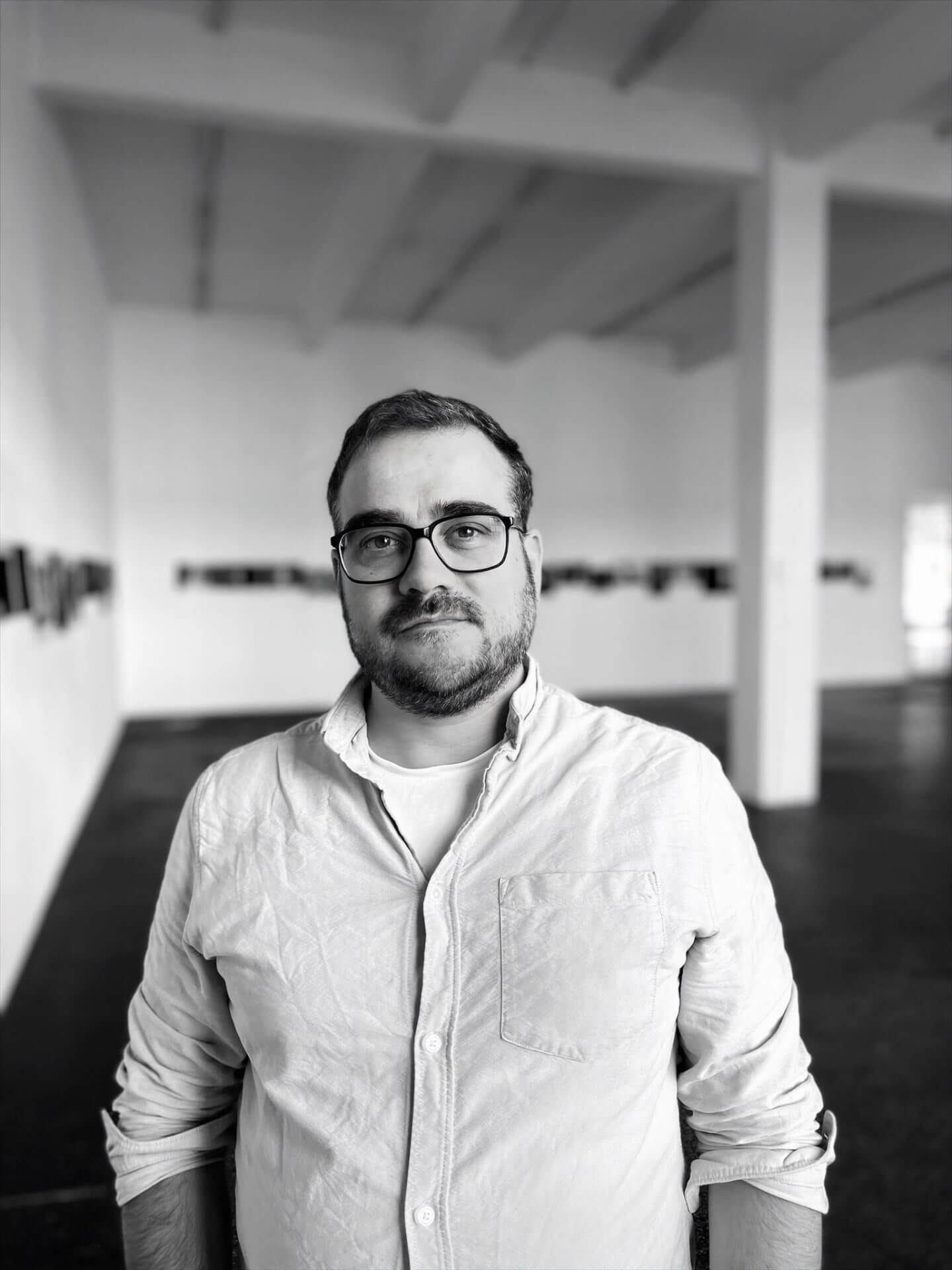
fakewhale
Founded in 2021, Fakewhale advocates the digital art market's evolution. Viewing NFT technology as a container for art, and leveraging the expansive scope of digital culture, Fakewhale strives to shape a new ecosystem in which art and technology become the starting point, rather than the final destination.
You may also like
Martin Parr: The Candid Eye of Contemporary Society
Martin Parr, an icon of contemporary photography, embarked on his artistic journey by delving into t
Sasha Sime, “Control & Domination” at g • gallery, Barcelona
“Control & Domination” by Sasha Sime at g • gallery, Barcelona, 07/11/2024 –
Fakewhale Gallery presents Age of Empires by Woc on Verse
On Thursday, January 30th, 2025, Fakewhale Gallery presents Age of Empires by Woc on Verse. In Age o

